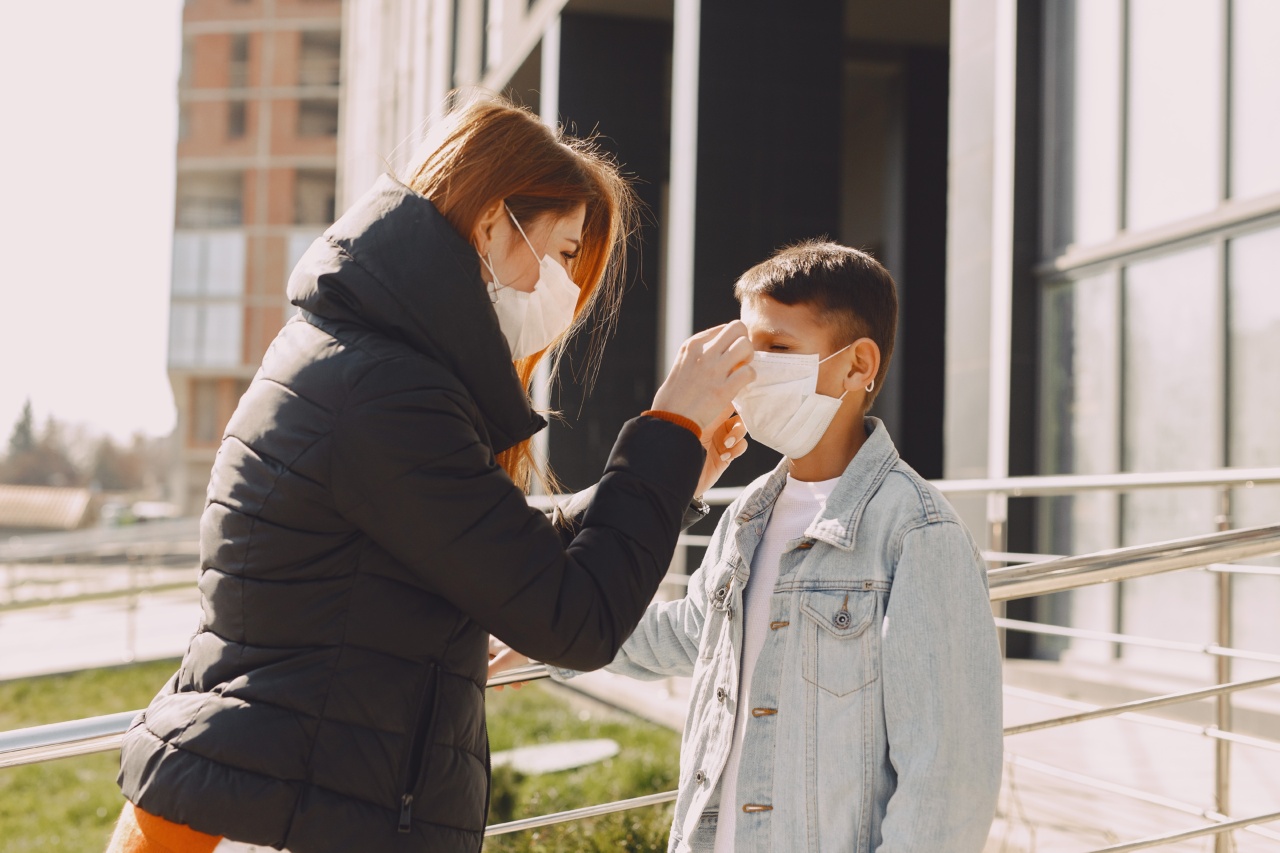Fifth disease, also known as erythema infectiosum or slapped cheek syndrome, is a common childhood illness that is caused by a viral infection. It typically affects children between the ages of 5 and 15, but can also occur in adults.
Although it is generally a mild condition, it is important for parents to be aware of the symptoms, diagnosis, and treatment options for fifth disease in order to provide the necessary care and support to their children. This article will guide parents on what they need to know about diagnosing and treating fifth disease in children.
What Causes Fifth Disease?
Fifth disease is caused by parvovirus B19, a virus that spreads through respiratory droplets when an infected person sneezes or coughs. It can also be transmitted through blood or blood products.
The virus is most contagious during the early stages of the illness, before the characteristic rash appears.
Symptoms of Fifth Disease
The symptoms of fifth disease usually begin with a low-grade fever, headache, and cold-like symptoms such as a runny nose and sore throat. These initial symptoms may last for a few days, followed by the appearance of a distinctive rash.
Characteristics of the Rash
The rash associated with fifth disease typically appears a few days after the initial symptoms. It usually starts on the cheeks, giving them a “slapped” appearance with a bright red color.
The rash may then spread to other parts of the body, including the arms, legs, and trunk.
Other Symptoms
In addition to the rash, some children may experience other symptoms such as joint pain, which can resemble arthritis. This symptom is more common in older children and adults.
Joint pain may last for several weeks or even months, but eventually resolves on its own.
Diagnosing Fifth Disease
Diagnosing fifth disease is often based on a physical examination and the characteristic appearance of the rash. In some cases, a blood test may be done to confirm the presence of parvovirus B19 antibodies in the bloodstream.
Treating Fifth Disease
There is no specific treatment for fifth disease, as it is a viral infection that resolves on its own without the need for medication. The goal of treatment is to manage the symptoms and provide comfort to the child.
Home Care and Remedies
Parents can help relieve the discomfort associated with fifth disease by ensuring their child gets plenty of rest, drinks fluids to stay hydrated, and takes over-the-counter pain relievers like acetaminophen or ibuprofen to reduce fever and alleviate joint pain.
Preventing the Spread of Fifth Disease
Since fifth disease is highly contagious, it is important to take preventive measures to limit its spread.
Encourage your child to practice good hygiene, such as washing hands frequently with soap and water, and covering their mouth and nose when coughing or sneezing.
When to Seek Medical Attention
In most cases, fifth disease resolves on its own without complications.
However, it is advisable to consult a healthcare professional if your child’s symptoms worsen or if they develop severe joint pain, persistent fever, or any other concerning symptoms.
Conclusion
Fifth disease is a common childhood illness that is usually mild and resolves on its own. By being aware of the symptoms, diagnosis, and treatment options, parents can provide the necessary care and support to their children.
Remember to promote good hygiene practices and seek medical attention if needed. With proper management and care, children can recover from fifth disease quickly and comfortably.






























